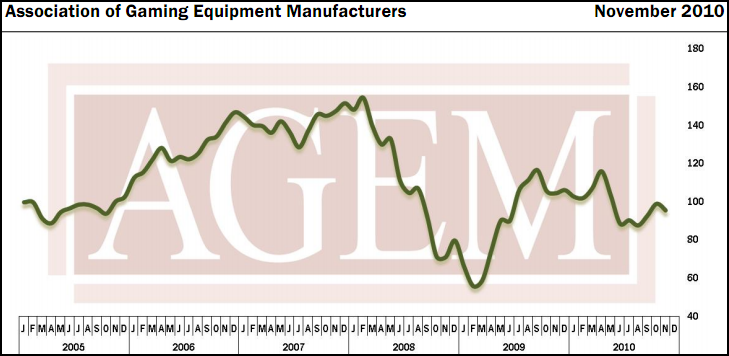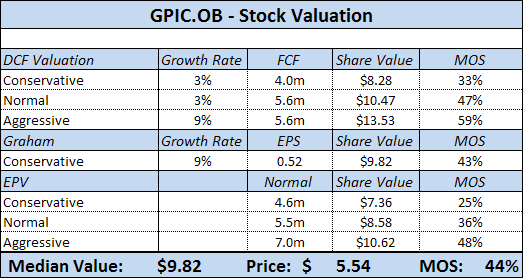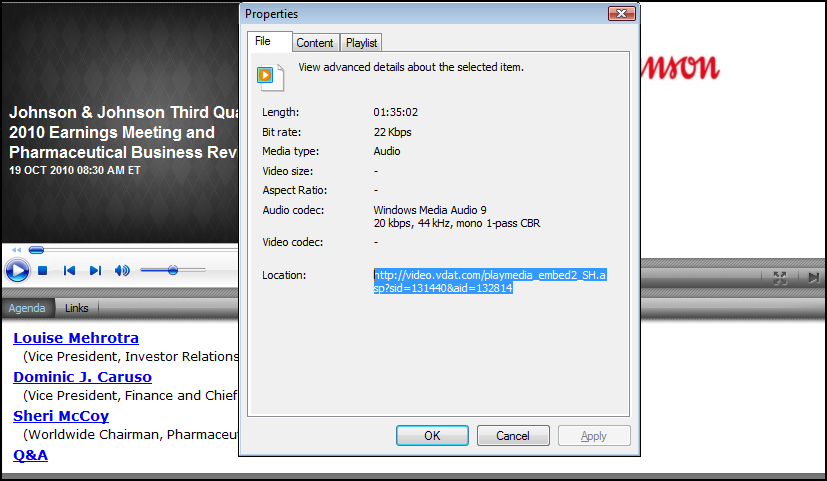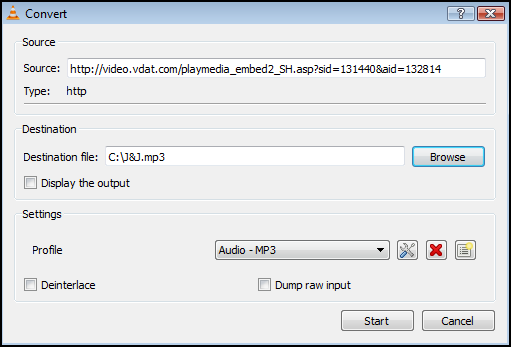Gaming Partners Intl (GPIC.OB) is posting one of the best years in company history due to new casino openings in the U.S. and strong growth in Asia.
The company is protected by a strong moat – casinos often stick with a single supplier – especially for GPIC’s new high-tech casino chips where the company is protected by patent until at least 2015. Worldwide, GPIC controls over 70% of the casino chip market.
Despite a sharp decrease in revenue from the 2006 peak, the company has managed to remain profitable and generate solid cash flow – it now sits on almost $1.53/share in net cash.
2010 financial results show a strong improvement yet the stock remains only 11% above its 52-wk low.
Company Information
Gaming Partners International Corp (GPIC) has been distributing casino chips and other gambling supplies in the US since 1963 and in Europe since 1923.
GPIC is the leader in casino chip manufacturing and was an early adopter of high-tech radio frequency identification (RFID) chips designed to prevent counterfeiting and better track gambling results. Casino chips made up 66% of revenue in 2009.
In addition to chips, the company also stocks table layouts, playing cards, gaming furniture, dice, and other table accessories.
Casinos usually place a large order at opening, followed by replacement orders as chips wear out so the company benefits from repeat business. Despite this stickiness, large revenue increases generally result from new casino openings, where GPIC can supply initial chip orders and other gaming accessories.
Financial Results
In 2009, GPIC’s revenues dropped 18.2% to $49.5m, the lowest point since 2004. Net income for 2009 fell to $1.05m compared to $4.49m in 2008.
2009 results were hurt by a $1.6m goodwill impairment charge on GPIC’s USA segment, as the company struggled along with the rest of gambling stocks during the recession.
Despite the lower sales, the company managed to generate $7.8m in operating cash flow and $4m in owner earnings.
Through the first nine months of 2010, the company is off to a great start. Revenues were $43.2m through September 30, 2010, an increase of 29% over last year’s results for the same period.
The significant increase in revenue is due to several new casino openings in Pennsylvania. In fact, second quarter results set company records for gross profit, net income, and earnings per share.
GPIC received orders from all nine new Pennsylvania casinos, a testament to their dominant position in the marketplace.
Through the third quarter, the company has generated owner earnings of $4m, already equivalent to the results for all of 2009.
Most importantly, the company’s balance sheet remains strong, with $1.53 in net cash. Book value sits at $5.14 per share.
Catalysts
International Expansion
The company recently announced its first order to Mexico, a burgeoning gambling market. They also established a sales office in Macau, now the world’s largest gambling location.
Macau’s November gambling revenue surged 42% from a year earlier to its second-highest monthly total on record. According to a report by PricewaterhouseCoopers, gross gaming revenue in Macau will increase at a CAGR of 24.7% until 2014, reaching $45B.
Several new casinos including Galaxy’s Entertainment Group’s project in Cotai (600 tables) and Sands China’s expansion project (700 tables) are expected in early 2011.
In addition, the rise of other international gambling sites such as Singapore (2 new casinos) and Vietnam (under development) will only increase the market size for GPIC.
Increased U.S. Activity
PwC also predicts that U.S. activity will start picking up in earnest by late 2011, returning to pre-recession levels by 2014.
The Association of Gaming Equipment Manufacturers (AGEM) Index shows that casino equipment stocks have risen significantly from lows in 2009, but still have quite a bit of upside to reach pre-recession levels:
In addition to benefiting from an increase in activity in Las Vegas, Atlantic City and other traditional gambling hot-beds, GPIC will also be lifted by more open legislation in the U.S.
Currently, 19 states offer commercial casinos. With increased pressure on budgets, more state legislatures are turning towards gambling as an alternative revenue source.
Ohio recently passed a bill allowing 4 new casinos in late 2011. Other casinos are planned in Maryland and Queens, NY, with initial discussions in Massachusetts and New Hampshire.
The Illinois state senate recently passed a bill expanding existing casinos and adding new ones in and around Chicago.
Each new state that legalizes commercial gambling will increase the opportunity for GPIC’s casino chips.
IGT Deal and RFID
On August 26, 2010, the company announced a license agreement with IGT (the industry behemoth):
“covering certain high-frequency RFID rights and products including software related to a Chip Inventory System (“CIS”), a newly developed communication platform to integrate RFID data into a variety of casino management systems and a license to certain other RFID related intellectual property and assets.”
This is another example of how GPIC’s RFID technology can be used to cross-sell existing opportunities, especially through such a strong sales channel.
More and more casinos are switching over to the new high-tech chips and corresponding inventory technology. Generally, RFID chips sell at a $1.20 – $2.00 premium per chip, boosting sales and profits as the industry moves towards a new standard.
Valuation
The company current trades at a P/B value of 1.1 despite significant improvements in 2010 results.
GPIC’s 5yr – average P/B ratio is 2.3 – assigning this same multiple would equal a per share price of $11.82.
Conclusion
Insiders hold 61.8% of outstanding stock, but one director holds more than 50%, effectively controlling the company.
A new CEO, Greg Gronau took over the helm in 2009 after the retirement of the long-time leader, Gerald Charlier, and the company promoted a new CFO a few months ago.
The shakeup in management caused executive compensation to increase significantly (due to options awards for both the new and departing CEO) – normally it is very reasonable.
I’d like to see the new CEO make a commitment to the company by increasing his stake in the business.
Even so, the company has responded aggressively under the new executive leadership, soundly capturing the growth opportunities with the recent casino openings. They also launched a brand new website that looks great.
GPIC will experience some slow down in the second half of 2010 and early 2011, but the industry growth prospects remain very bright for this microcap stock.
I’m adding GPIC to the ValueUncovered portfolio at yesterday’s closing price of $5.54.
Disclosure
Long GPIC






